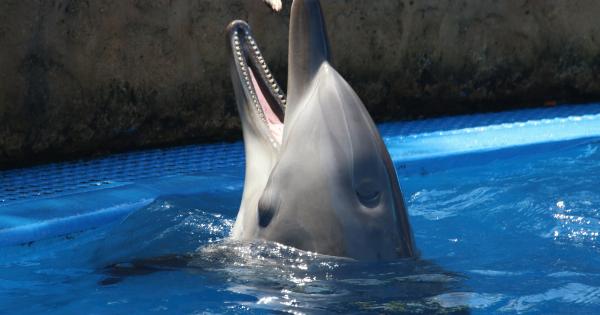Spaying and neutering are common procedures performed on dogs and cats for various reasons, including population control and health benefits.
However, one of the concerns often raised by pet owners is whether these procedures can affect the libido or sexual behaviors of their beloved furry friends. In this article, we will explore the impact of spaying or neutering on the libido of dogs and cats and shed light on this topic.
Understanding Spaying and Neutering
Spaying and neutering are surgical procedures recommended by veterinarians to remove the reproductive organs of dogs and cats.
Spaying refers to the removal of the ovaries and uterus in female animals (dogs are referred to as “spayed” while cats are referred to as “spayed” or “neutered”), while neutering involves the removal of the testes in male animals (dogs and cats are referred to as “neutered”). These surgeries are typically performed under general anesthesia and are considered routine veterinary procedures.
The Purpose of Spaying and Neutering
Spaying and neutering have numerous benefits, both for the individual pet and for the pet population as a whole. Some of the main reasons why pet owners opt for these procedures include:.
Population Control
One of the primary reasons for spaying and neutering is to control the population of dogs and cats. Unplanned and unwanted litters contribute to the already overflowing shelters and the issue of pet overpopulation.
By spaying or neutering your pet, you help prevent the birth of unwanted kittens or puppies, reducing the burden on animal shelters and preventing stray animals from suffering on the streets.
Health Benefits
Spaying and neutering also offer several health benefits for dogs and cats. These procedures eliminate the risk of uterine infections and greatly reduce the risk of certain cancers, such as ovarian, uterine, and testicular cancers.
Additionally, spaying or neutering can reduce the occurrence of behavioral problems associated with intact animals, such as aggression and roaming tendencies.
Does Spaying or Neutering Affect Libido?
The impact of spaying or neutering on the libido of dogs and cats is a subject of debate among experts.
While some pet owners report a decrease in sexual behaviors following these procedures, it’s important to note that the effects can vary from individual to individual.
Influences of Sexual Behaviors
The libido and sexual behaviors of dogs and cats are influenced by a variety of factors, including hormones, genetics, socialization, and environmental stimuli.
Hormonal Influence
Before spaying or neutering, intact dogs and cats experience hormonal changes during certain times, such as heat cycles in females and mating desires in males. These hormonal fluctuations can drive sexual behaviors and the desire to seek a mate.
Spaying or neutering removes the reproductive organs that produce these hormones, which can lead to a decrease in sexual behaviors over time.
Genetics and Libido
Genetics also play a significant role in determining an animal’s libido. Some dog breeds, such as hounds and terriers, are known for their high sexual drive, while others may have a lower inclination towards sexual behaviors.
It’s important to consider the breed-specific characteristics when observing changes in libido after spaying or neutering.
Behavioral Changes after Spaying or Neutering
In addition to the hormonal factors and genetics, other behavioral changes may occur after spaying or neutering.
Animals that were previously driven by the instinct to mate may experience a decrease in roaming tendencies, marking behaviors, and a reduced urge to escape the home in search of a mate. These behavioral changes might be misconstrued as a decrease in libido but are, in fact, a result of reduced hormonal influence.
Individual Differences
It is important to note that every dog or cat is an individual with its own unique personality and sexual drive. Some animals may show no change in libido after spaying or neutering, while others may experience a noticeable decrease.
Similarly, some pets may continue to exhibit sexual behaviors even after the procedures. The individual variation in responses makes it challenging to provide a definitive answer to whether spaying or neutering affects libido.
Conclusion
The impact of spaying or neutering on the libido of dogs and cats is a complex issue. While there may be a decrease in sexual behaviors following these procedures, it is not a guaranteed outcome for all animals.
Other factors such as genetics, hormonal influence, and individual differences can also play a role in determining the effect on libido. Ultimately, the decision to spay or neuter your pet should be based on the advice of your veterinarian and considering the population control and health benefits associated with these procedures.





























